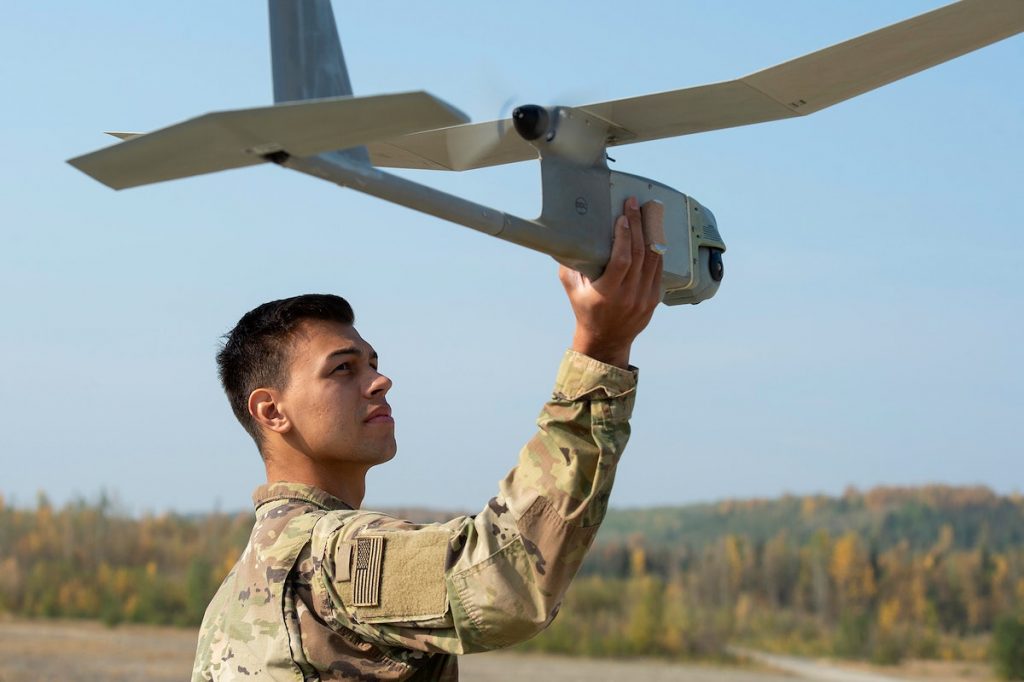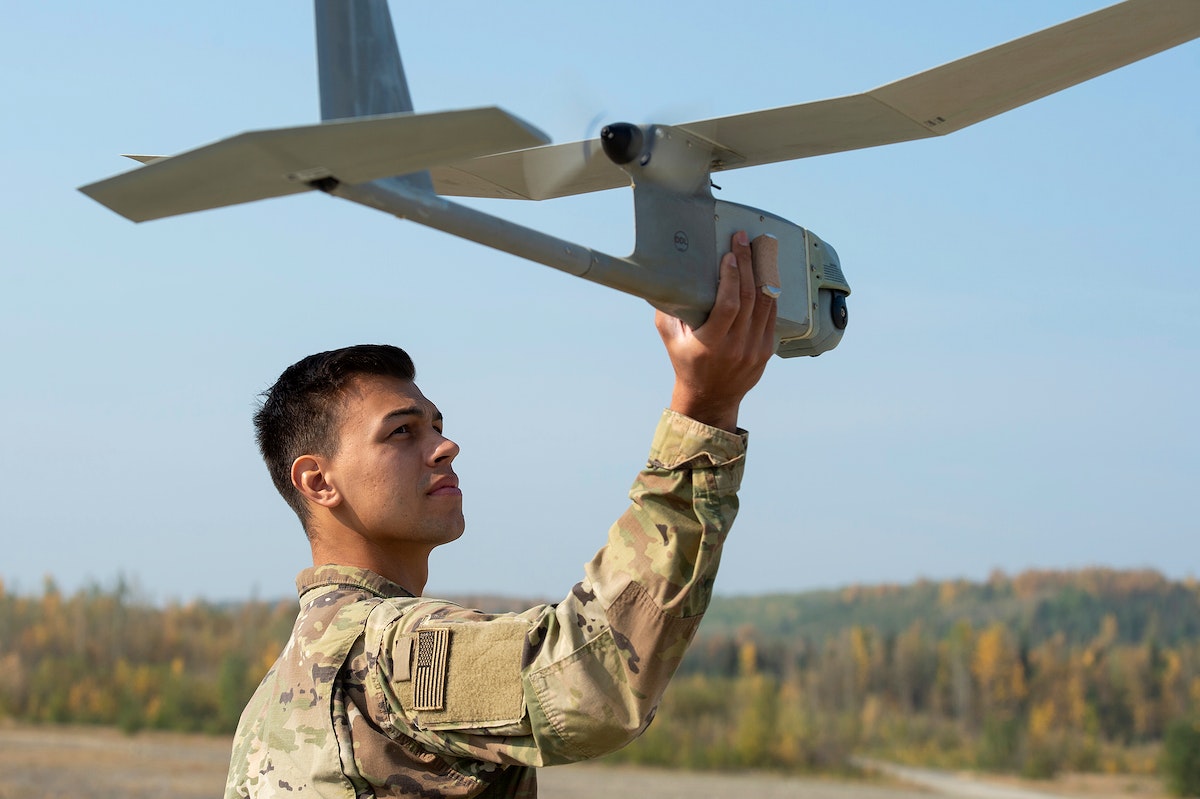
The French Agency for Defense Innovation (AID) has given its approval to a project named “Larinae” (codenamed “Seagull”). This project, entrusted to Nexter Arrowtech, EOS Technologie, and TRAAK, was officially handed over to them on June 16, 2023. The KNDS Group, which includes Nexter, issued a press release announcing the readiness of the project to commence.
On June 12, 2023, several media outlets reported on the ongoing initiatives known as Larinae and “Colibri,” led by the French DGA and AID. These projects, initiated a year ago, are focused on the development of remotely-controlled munitions. The Colibri project entails a compact system capable of fitting into a backpack, with a range of 5 km and a flight duration of 30 minutes. In contrast, the Larinae project is of larger scale, enabling flights of up to 50 km lasting for an hour. The Larinae system is specifically designed to engage armored or hardened targets, making it an invaluable asset in operational environments.
Imagine an unmanned aerial vehicle (UAV) soaring high above, armed with an explosive warhead, and remotely controlled from miles away. This scenario, far from a work of fiction, represents the latest groundbreaking innovation from the French consortium led by Nexter, EOS, and TRAAK. According to a press release from the KNDS Group, this ambitious project integrates a reusable UAV platform developed by EOS Technologie, a Nexter explosively formed penetrator (EFP) warhead, and a state-of-the-art navigation system provided by TRAAK.
The consortium’s objectives extend beyond conventional limitations, aiming for an impressive range of at least 80 km and a flight endurance of 3 hours. These capabilities significantly exceed the specified targets set by the government, underscoring the remarkable power and potential of this cutting-edge technology.
EOS Technologie, renowned for their advanced fixed-wing drones like the Strix 425, has generated considerable interest with their new Larinae solution. This novel model boasts the ability to take off and land vertically, a notable departure from the hand-launched Strix 425. The innovative design, complemented by the EFP warhead, has the potential to outmaneuver the defense systems of modern armored vehicles. Although not officially confirmed, industry rumors suggest a Top Attack profile, focusing on the comparatively less protected top armor of vehicles. This concept aligns with Nexter’s previous collaborative experience with BAE Systems Bofors in Sweden on the 155mm BONUS artillery shell.
The platform possesses the capability to detect large targets up to 15 km away during daylight hours and 3 km during nighttime operations. Upon detection, the operator can choose to continue with reconnaissance or initiate an attack. If an attack is not executed, the device facilitates the recovery of the platform and ammunition with ease. Furthermore, the platform can accommodate both the sensor package and warhead, eliminating the need to choose between reconnaissance and attack missions.
The navigation and control system of the platform demonstrates resistance to interference, allowing for operation even in the absence of GPS signals. This feature enhances the system’s resilience. Notably, the Larinae project distinguishes itself with its set maximum unit price within the AID, indicating a focus on affordability alongside innovation.





